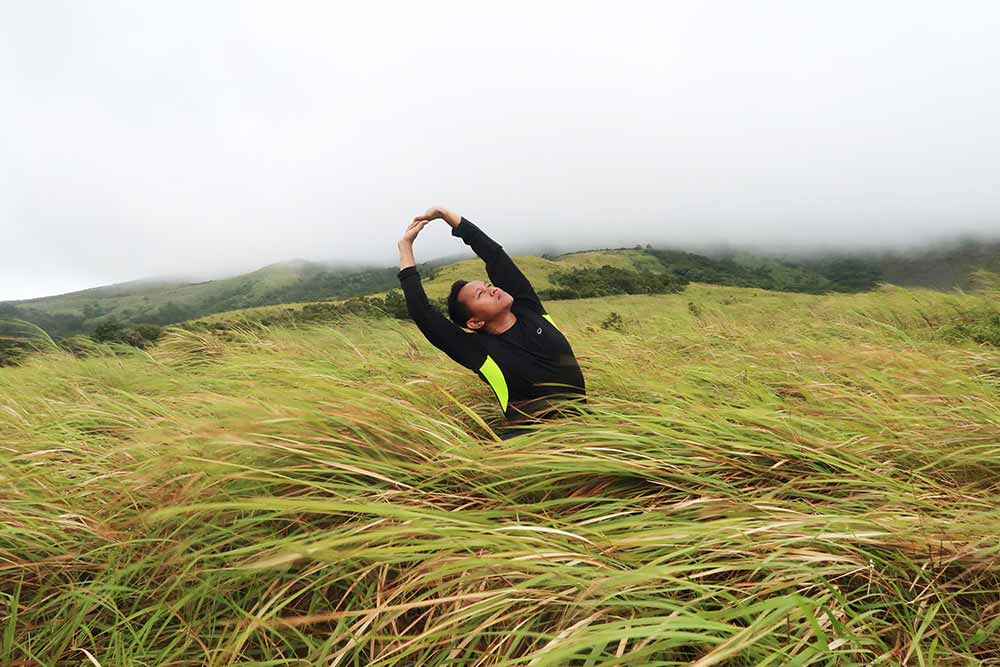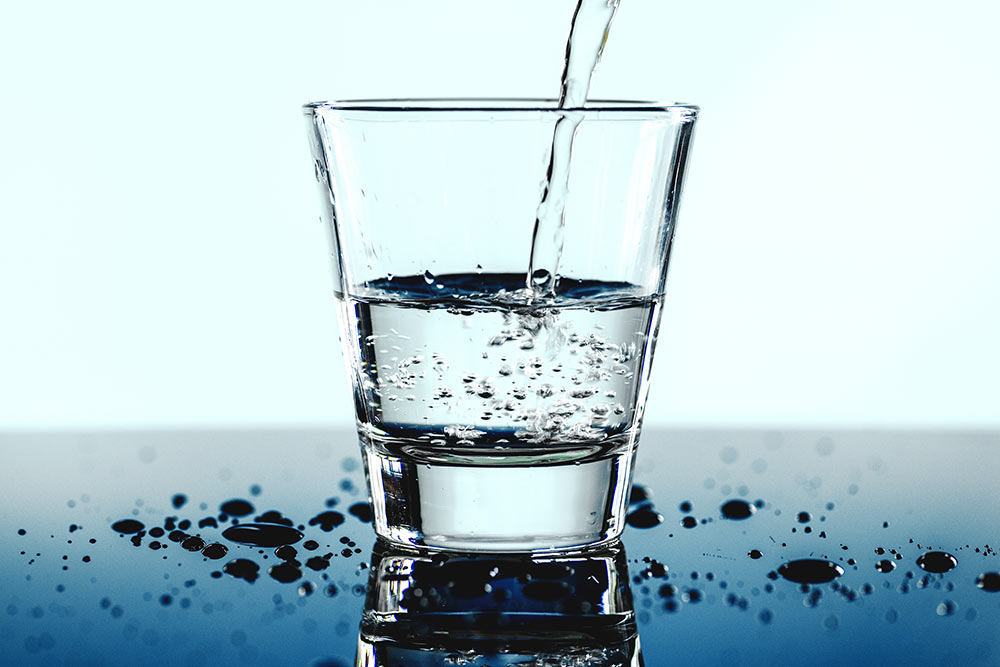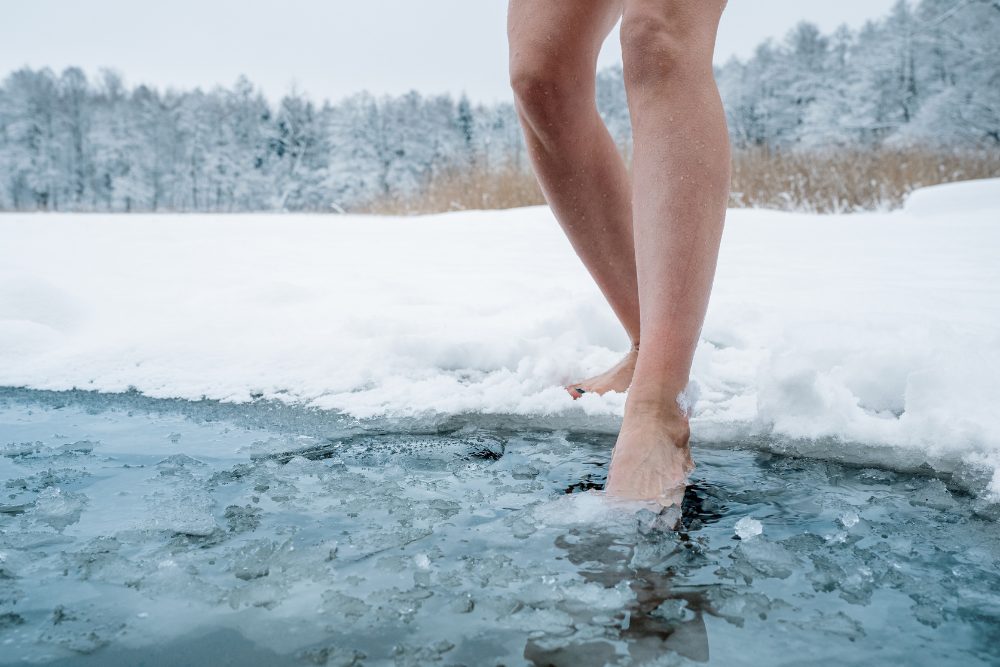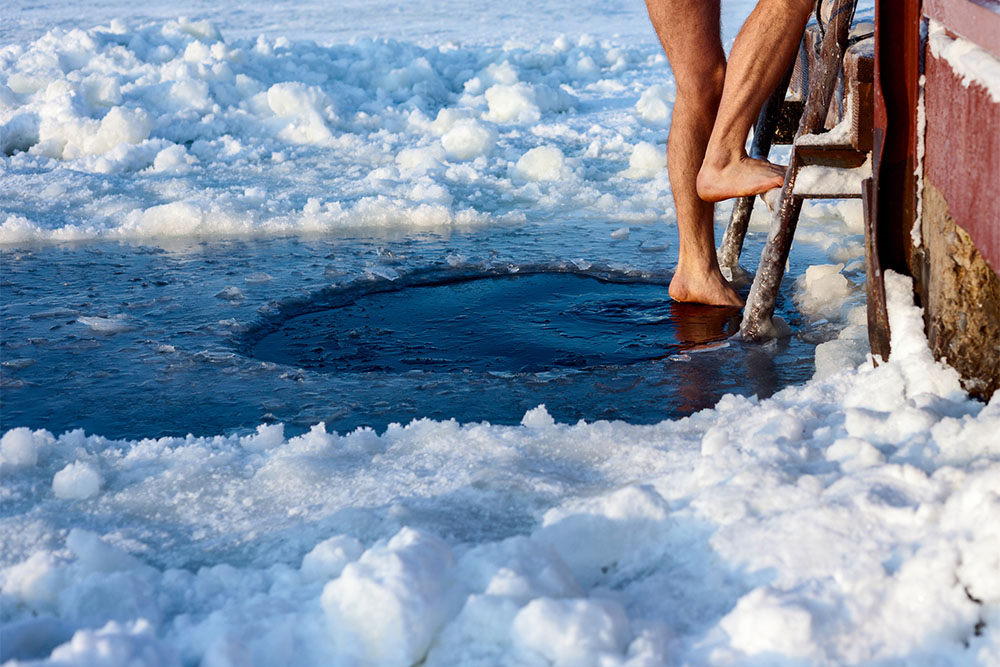The Truth About Cold Therapy And Recovery
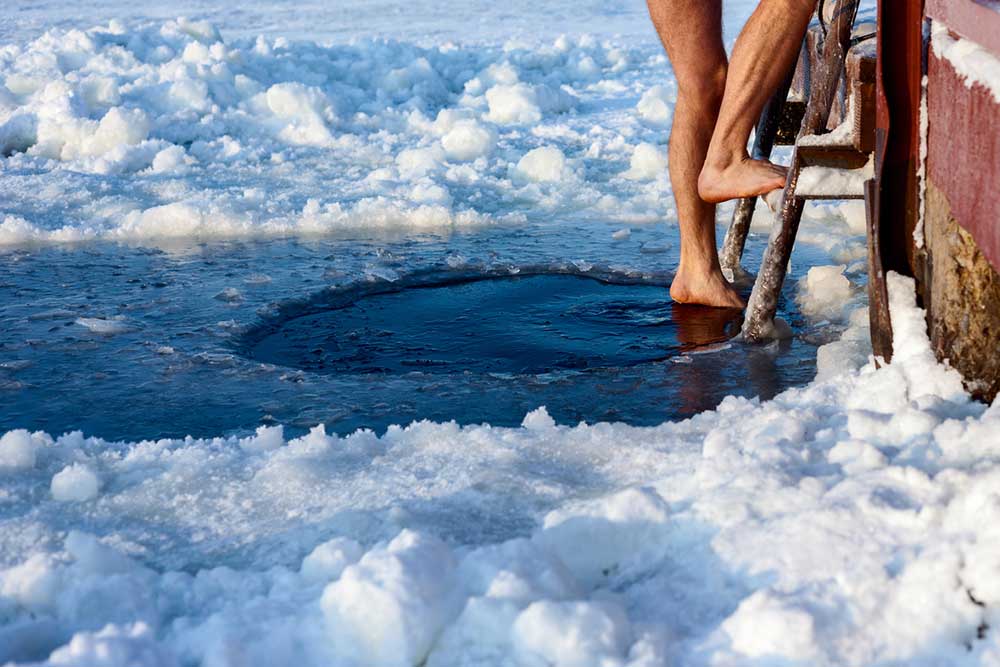
Dayton Kelly
Time to cancel your next ice bath? The truth about cold therapy.
This article was adapted from a combination of speeches given at the European Sports Science Conference 2017, most notably Poppendieck, W. et al. [Germany].
Cold has been long thought to be a cure all for musculoskeletal pain and recovery. Many athletes swear by their ice baths which is why my day at the European Sports Science Conference today surprised me. Cold therapy in general took a lot of heat (pun intended) from a number of independent presentations. A number of related concerns were proposed and here we will address a few of them.
Does cold therapy even work?
Firstly, and perhaps most importantly, we must ask ourselves whether immersing ourselves in cold water is even worth the time. Studies have displayed mixed results at best on the ability of cold water therapy to promote recovery. We know the cold produces a numbing effect, reducing pain, but whether this translates in longer term recovery (such as preparing an individual for his next workout the following day) is uncertain. There may be a small positive effect of ice bathing at best. Coaches may support ice bathes for analgesic effects if athletes have games in close proximity, but research suggests this actually may pose more risk than its worth.
Related Article: The Skinny On Cold Baths – Do They Actually Work And If So How?
Can an ice bath make me sick?
For both the competitive athlete who needs to be in performance condition and the everyday exerciser who wants to go to work tomorrow, getting sick is not convenient. However, cold therapy may cause just this when the entire body is exposed to the cold. Unfortunately, it is this full body immersion that holds the most promise for recovery. This increased risk of sickness is suggested to work through the following mechanism: cold induces a reduction of blood flow to the extremities to preserve core temperature, the nose therefore receives less blood flow, less blood flow means less delivery of infection fighting cells, and pathogens are able to take hold in the nose and respiratory tract. While this mechanism requires further validation, the effect of cold exposure on increasing rates of respiratory tract infection is well established. Coupled to this, cold therapy is often presented immediately after exhaustive exercise, a time period where the bodies immune system is suppressed from the physical demand of the workout. Thus, the potential for your ice bath to make you ill is a very real possibility. It gets worse…
Can my ice bath freeze my improvements?
Oh no. A number of experts reported that ice baths are likely to reduce increases in performance when employed following workouts. This sapping of improvement is a direct result of the way cold therapy was suggested to promote recovery: by reducing inflammation. Research has made it clear that inflammatory markers are clear messengers to the body to stimulate repair and adaption. Inflammatory markers reach muscle tissue through blood flow to the area and pooling around the injured site. Now is an important time to remember that the micro tears in muscle that allow for muscle growth are essentially mini injuries and require this inflammatory attention to grow bigger and stronger. Cold stimulus fights inflammation by reducing blood flow to the area. This is the same reduction of blood flow that explains cold therapy’s potential to induce sickness. The reduction of blood flow reduces inflammatory markers at the site of injury, reducing associated pain (inflammatory markers make pain receptors more sensitive), but also reduce stimulus for repair. Thus, cold therapy may attenuate increases in muscle growth.
Outcomes:
It is becoming more and more apparent in the literature that cold therapy such as ice baths is ineffective in promoting recovery. While full body cold immersion may be warranted when quick recovery and pain relief is required, the evidence for this is also not promising. Ice baths are beginning to look a lot like a thing of the past.
Note: this is not to be confused with icing an injury in which the primary goal is pain relief. Icing an injury is often an important component of pain management in injured persons. In these cases, the inflammation induced by the injury is sufficient to promote healing regardless of reduced blood flow.
Related Article: Back Pain? The Germans May Have Found A Cure
(adsbygoogle = window.adsbygoogle || []).push({});
You Might Like:
Are Plant-Based Protein Drinks Effective for Exercise Recovery?
Dayton Kelly This article was adapted from a combination of speeches given at the European Sports Science Conference 2018, most notably Meghan Brown (UNIVERSITY OF GLOUCESTERSHIRE, UNITED KINGDOM). Protein supplementation has been repeatedly demonstrated to...Is Milk the Perfect Recovery Drink?
Dayton Kelly Optimizing recovery allows you to achieve the most adaptation per workout and reduces the required rest necessary before a subsequent workout. As such, millions of research dollars have been invested into discovering and...Cell Phone Activity Trackers
Dayton Kelley As advances in technology continue to rapidly drive the world of exercise forward, we are faced with new and improved ways to monitor and promote our fitness. This capacity to monitor our training...Effects of Dehydration on Athletic Performance
Dayton Kelly This article was adapted from a combination of speeches given at the European Sports Science Conference 2018, most notably Mark Funnell (Loughborough University, UK). Decades of research have been dedicated to determining the...Ice Baths- Help or Hinder?
Dayton Kelly This article was adapted from a combination of speeches given at the European Sports Science Conference 2018, most notably Cas Fuchs (Maastricht University, Netherlands). Immersion in cold water has been long thought to...The Best Workout Combination: Endurance Training and HIIT
Dayton Kelly This article was adapted from a combination of speeches given at the European Sports Science Conference 2018, most notably David Bishop (VICTORIA UNIVERSITY / AUSTRALIA). Long distance, low-intensity endurance training has been preached...(adsbygoogle = window.adsbygoogle || []).push({});

